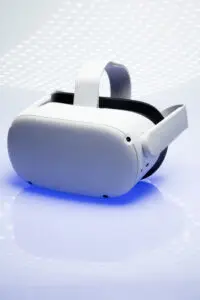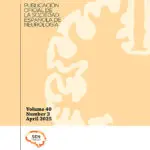
Using Extended Reality (XR) for FND Rehabilitation at Home
Protocol Study – JMIR Research Protocols, 2025
Key Takeaways
- New rehab approach with XR technology – Researchers are developing a home-based extended reality (XR) program for people with functional limb weakness.
- Biofeedback training supports motor relearning – The system gives real-time visual and haptic feedback, helping the brain re-learn movement control.
- Personalization is essential – Early testing showed that customizing the program for comfort, accessibility, and individual needs is key to success.
Click to read full summary
Why this matters
For many people with Functional Neurological Disorder (FND), access to ongoing rehabilitation is limited. This study explores how XR technology could bring evidence-based, personalized therapy right into the home—making care more accessible, affordable, and tailored to each person’s needs.
What the study found
Researchers designed and tested an XR-based rehabilitation platform (React2Home) focused on functional limb weakness, one of the most common subtypes of Functional Movement Disorder (FMD). Patients, caregivers, and clinicians were included in the design process.
What researchers learned:
- XR “position feedback” tasks scored very high on usability.
- Virtual relaxation and XR “force feedback” tasks varied more between people, highlighting the need for flexible, individualized settings.
- Patients emphasized comfort, accessibility, and personalization as top priorities.
- Portable brain imaging will be added to help adapt training in real time to each person’s brain responses.
This technology directly targets disrupted brain-body communication in FND by retraining how the brain predicts and processes movement. By restoring a stronger sense of control (agency) over movement, XR biofeedback could improve daily functioning and quality of life.
What you can do
- Direct tip: If you’re interested in technology-based rehab, ask your provider about emerging tools like VR/XR for FND.
- Provider question: “Are there any research studies or programs using virtual or extended reality rehab that might be appropriate for me?”
- Self-strategy: Explore simple biofeedback at home—like paying attention to how your body feels during slow, intentional movements—to begin strengthening awareness and control.
- Remember: Even though this technology is still in development, it shows exciting promise for making rehab more accessible and personalized. Every small step toward movement confidence matters.
Citation
Dutta A, Das A. Platform Technology for Extended Reality Biofeedback Training Under Operant Conditioning for Functional Limb Weakness: Protocol for the Coproduction of an at-Home Solution (React2Home). JMIR Res Protoc. 2025;14:e70620. doi:10.2196/70620
This summary is provided for informational purposes only and does not constitute medical, financial, or legal advice. It is not intended to replace professional consultation or treatment. Always consult qualified providers regarding your specific circumstances, symptoms, or questions.

